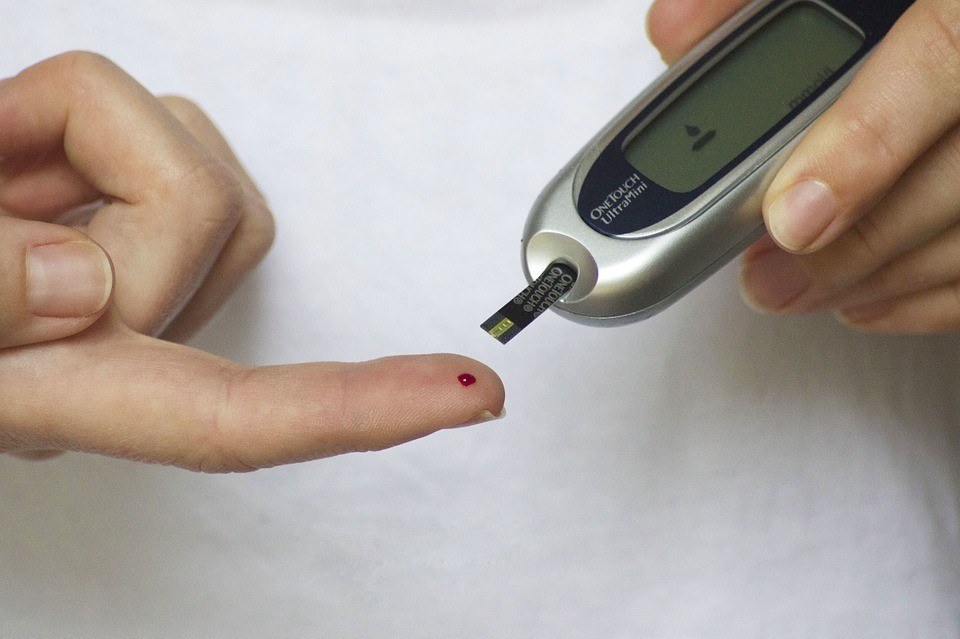When people think of summer, the first thing that comes to their mind is beaches, pools, backyard barbecues, stargazing, street festivals, and fireworks. Most people look forward to changes in the season.
However, if you have diabetes, you need to be careful in times when the temperatures rise dramatically.
As a matter of fact, the summer heat might contribute to the issues people with diabetes face on a daily basis.
How Heat Can Impact Your Blood Glucose Levels
You should bear in mind that extreme heat might impact your blood glucose levels. The humidity and high heat of summer might be just too hard for your body to manage.
The way the heat will impact your blood glucose depends on certain factors. Those factors are your activity level, what you’ve eaten, and whether you are hydrated.
In case your activity and heat make you sweat a lot, you might get dehydrated which in turn will cause an increase in blood glucose. That can cause frequent urination, further dehydration, and even higher blood glucose levels.
Moreover, in case insulin is part of the treatment, dehydration lowers the blood supply to the skin, and therefore you have less absorption of the insulin dosage. How to know if the heat affects you? You need to know the signs.
Signs of Heat Exhaustion
- Nausea,
- Excessive sweating,
- Fast heartbeat,
- Dizziness,
- Headaches,
- Cramping muscles,
- Clammy skin.
Now that you know the signs you need to know how to deal with this.
6 Things You Should Do to Control Your Blood Glucose
1. Pay Close Attention to Your Feet
You probably know that people with diabetes should always take proper care of their feet. During hot days, your feet might get sweaty, and in turn, your socks might get wet.
You must keep your feet dry all the time. Also, you need to protect them with shoes that offer coverage or with sunscreen. Don’t forget to check for sores on a daily basis.
2. Do Your Best to Avoid Sunburn
You can get sunburned while hiking on hot summer days. You avoid this since sunburn stresses the body and raises blood glucose levels. Apply sunscreen all the time and do your best to protect yourself.
3. Test Your Blood Glucose Frequently
Bear in mind that hot temperatures might cause your blood glucose levels to fluctuate. Therefore, you should test your blood glucose levels more than usual. That is how you can take immediate and suitable action to keep your levels stable.
4. Protect Your Supplies and Medication
You need to take action and protect your glucagon kit, insulin, and other supplies before you go outside. Do this no matter the temperature. Never leave your medications in direct sunlight and in hot cars.
You can use an insulated lunch bag or cooler to keep your medications and supplies cool. Bear in mind that you should keep meters, pumps, and testing strips away from extreme heat and in a dry, cool place.
Exposure to heat might make them unreliable for later use.
5. Stay Hydrated
Every single person, no matter the health status, must ensure to consume enough water, especially during hot days in the summer. Make sure to always have water, sugar-free lemonade, or other drinks on reach.
In addition, you should avoid caffeine and alcohol. Too many of these drinks can make you lose fluids.
6. Carry Snacks
Always carry snacks with you in case your blood glucose levels drop.
Did you know that heat can impact your blood glucose levels? How do you protect yourself on hot summer days?



